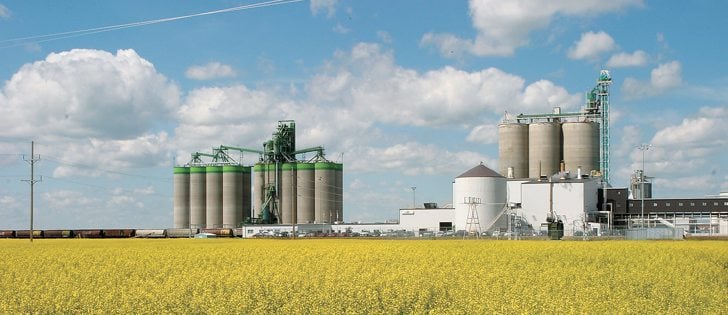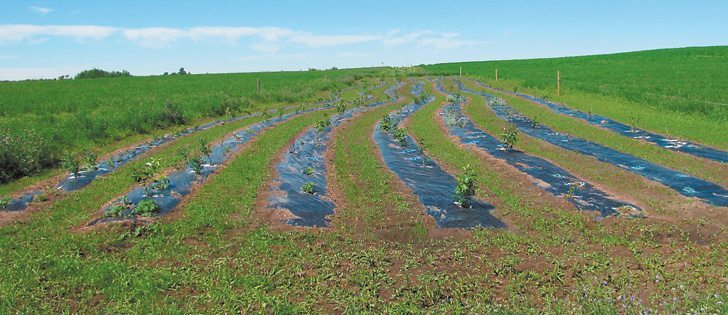Social pressures, obesity control may reduce domestic demand
Canadian livestock producers look with enthusiasm to burgeoning markets in Asia and the developing world, where rising incomes are expected to prompt more demand for meat.
However, David Hughes, professor emeritus of food marketing with Imperial College in London, England, thinks hopes pinned on emerging markets have as many challenges as opportunities. Nor do global trends favour major market increases in domestic markets or those in developed countries.
Hughes, an expert in global food industry issues, told the recent Lethbridge College Tiffin Conference that trends in Canada and developed countries include:
Read Also

Huge Black Sea flax crop to provide stiff competition
Russia and Kazakhstan harvested huge flax crops and will be providing stiff competition in China and the EU.
- lower meat consumption as populations age
- reduced consumption of fast food
- increasing social pressures against meat consumption
- more interest in control of obesity, which could affect meat consumption
- more interest in antibiotic-free, hormone-free meat
- giant grocery stores losing market share to smaller outlets
- more online ordering of groceries
Trends in developing countries include:
- most population growth will occur in Asia and Africa
- six of the fastest growing economies are in Africa, where food distribution is poor
- growing Asian meat demand is mostly for pork
- Asian culture is “vegetable-centric” and not “meat-centric”
- many Asian dishes involve thinly sliced meat with sauce, so taste and tenderness are not major concerns
Hughes said producers shouldn’t forget about markets in developed countries, where most of the wealth resides.
However, he views Canada and the United States as declining markets, where population growth is slow and baby boomers are aging and eating less meat.
He said North Americans are likely to gravitate toward lower priced product and more white meats but will be willing to pay a premium for high-end smaller portions of red meat.
“I see this in many, many markets,” Hughes said.
Attention to sustainability and environmental protection as it relates to meat production is also a trend.
“I just see this catching on around the world.”
Convenience stores owned by supermarket chains are gaining market share from the super-sized grocery stores. Hughes said consumers are doing fewer big shopping trips and instead buy more on a day-to-day basis.
In England, online ordering is increasing and will make up half of all grocery shopping by 2020. Consumers will place orders from computers or mobile devices and then either pick them up or have them delivered.
“What you buy will depend on how much trust you have in the retailer,” said Hughes.
Hughes’ statistics show rising pork prices and a major increase in the amount of pork consumed in Asia.
That might be a warning call to beef producers, who see their meat as a premium product that should earn premium prices in Asia.
“If you’re in premium meat, what’s your story? Because it’s going to have to be a really good story to make people pay more for it,” Hughes said. “We need a stronger story for Canada.”
One of those stories could involve traceability and safety because Chinese shoppers in particular are concerned about food safety.


















